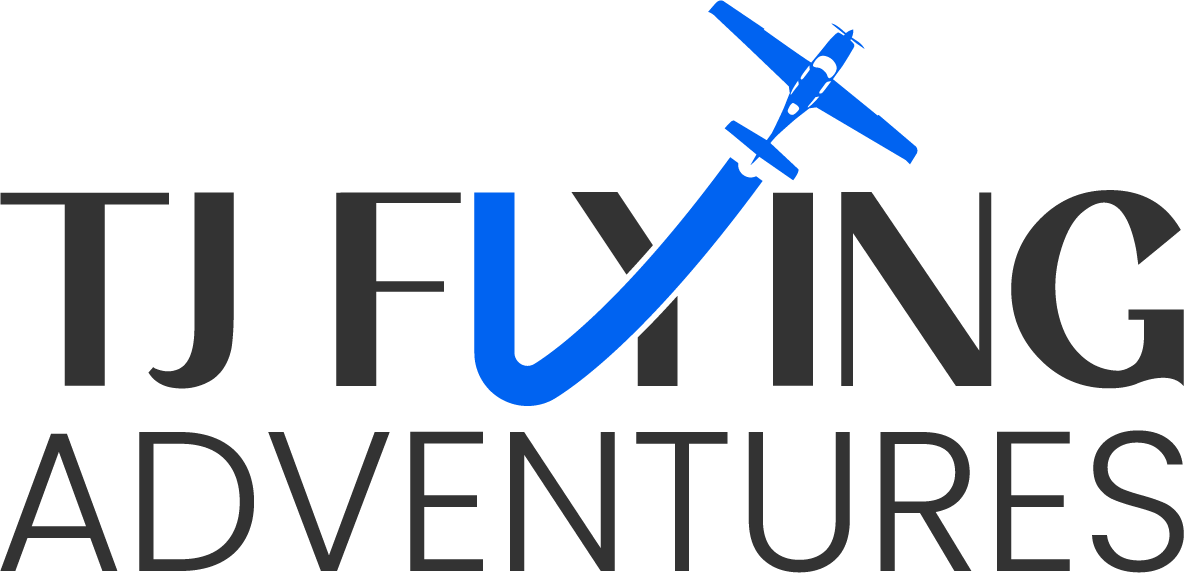Practice Flight Over Rhode Island
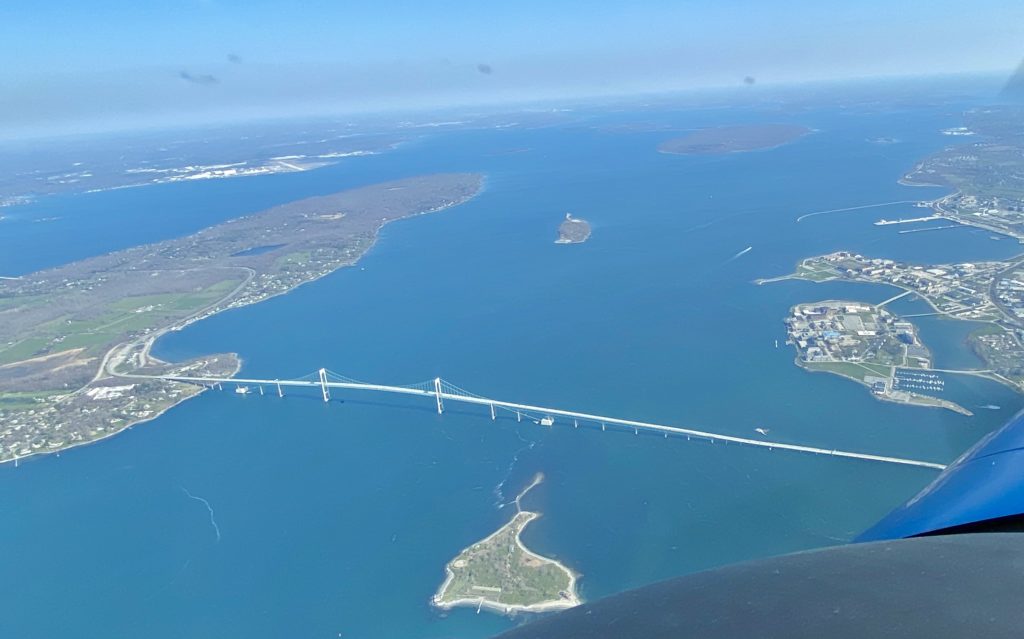
Another exciting week of Covid-19 life (NOT)! This week was far from exciting. In fact, between working from home and only leaving the house for the occasional grocery run, it was quite boring. As a result, I was eager to escape to the skies. Unfortunately, the rest of the country is still on lockdown. So […]
Can You Fly During Covid-19?
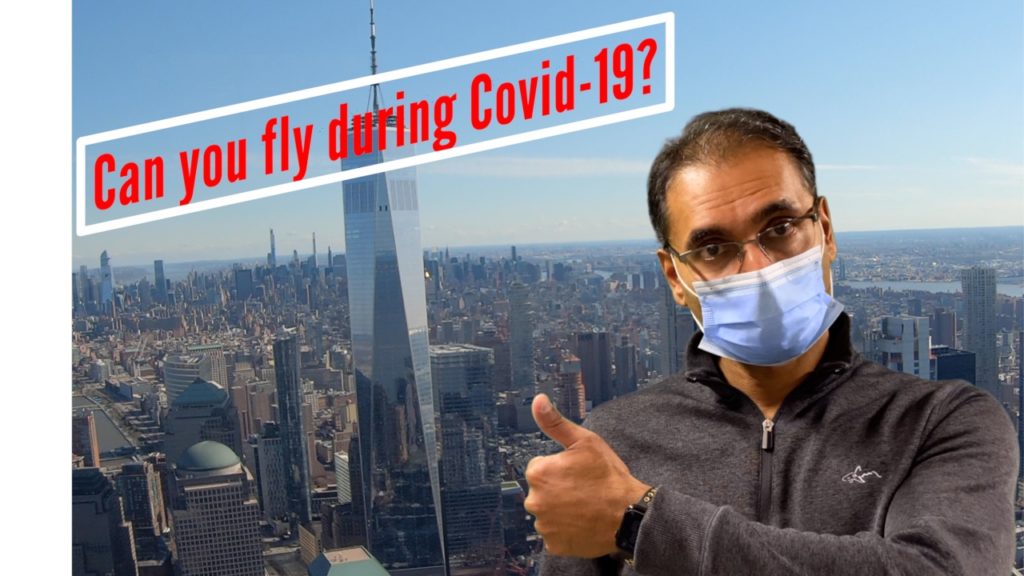
Can you fly during Covid-19? For me, the answer is YES. But with a few precautions… First, I realize that I am extremely lucky to even have the ability to make a judgement call on this. Some of my friends in Germany, don’t even have the option. But for me, I was more concerned about […]
Flying a Lap Over Long Island
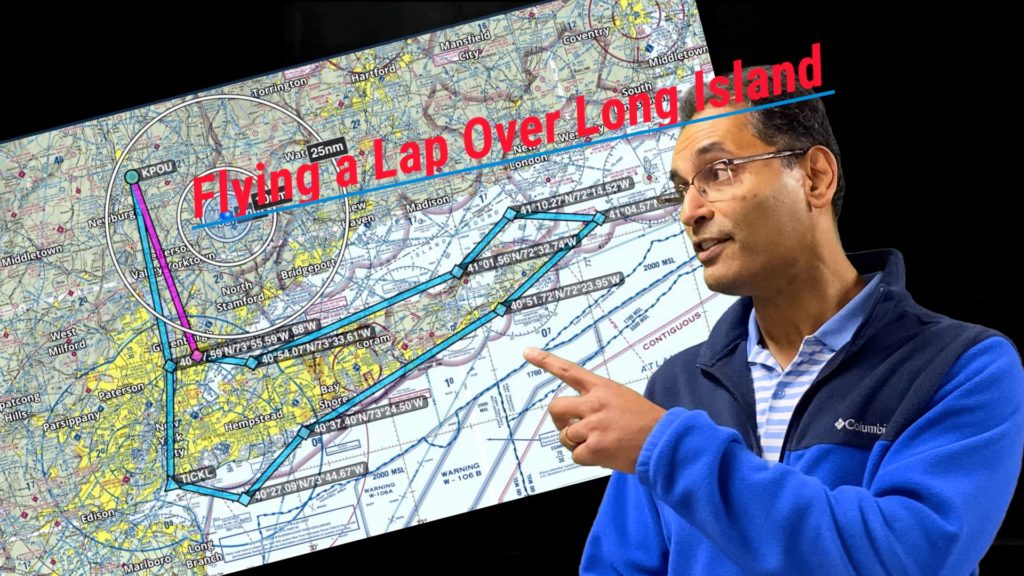
Socially distant general aviation flying during these Covid-19 times.
Flying The Hudson River Corridor
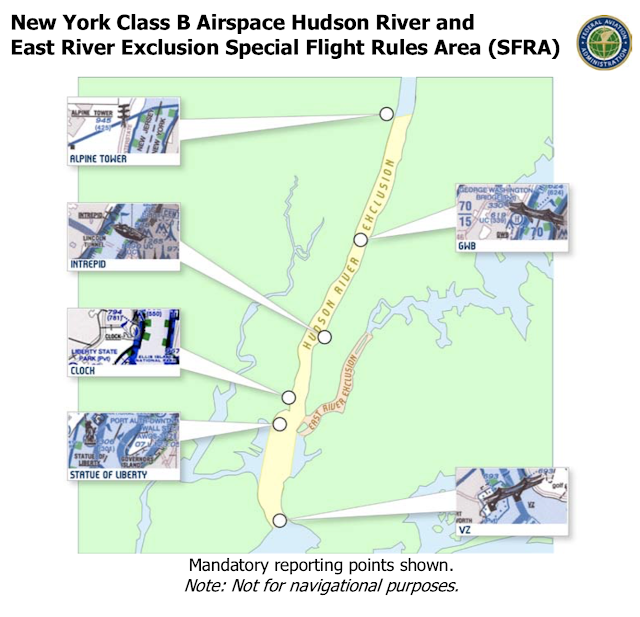
This weekend, I took a friend (Claire) on her first flight. The weather was perfect and I decided to take her on one my favorite sightseeing destinations, which is NYC Skyline as seen from the Hudson River. The best way I have found to do this is the following the rules laid out by the […]
NYC and Long Island
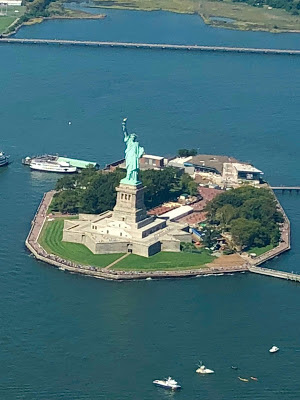
This weekend, the weather was just perfect for flying. Not too hot, not too cold… and just a few clouds to keep it interesting. I wanted to test out some iPad Apps and test out some new camera equipment. So I asked my buddy Ryan to join me. Since he has not been in a […]
Staying Current
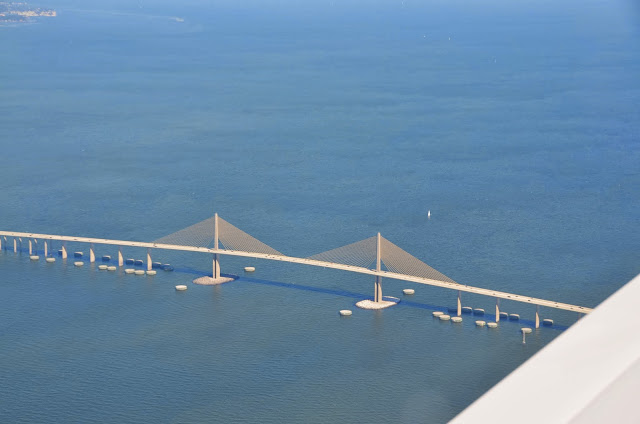
Being in Singapore has really changed my flying dynamics. While the variety of flight environments and aircraft that I am experiencing has increased, the spontaneous possibilities are very limited. In fact, every flight is an international flight and requires paperwork and planning several days in advance. In addition, the cost of flying in Asia is […]
First Four Legged Passenger
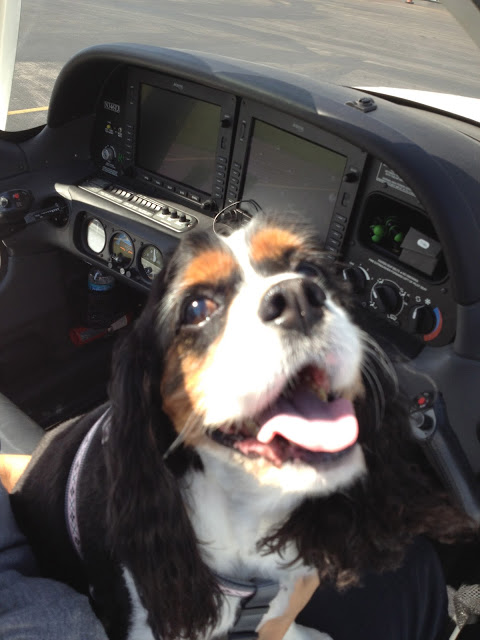
Until today, all of my passengers were people. But today was a long overdue flight… I loaded up my first four legged passenger (Tristan) in preparation for takeoff. The route was rather simple (Ft Lauderdale to Tampa). However, there were a bunch of clouds surrounding Ft Lauderdale around departure time. I filed a quick IFR […]
Weekend in Grand Cayman
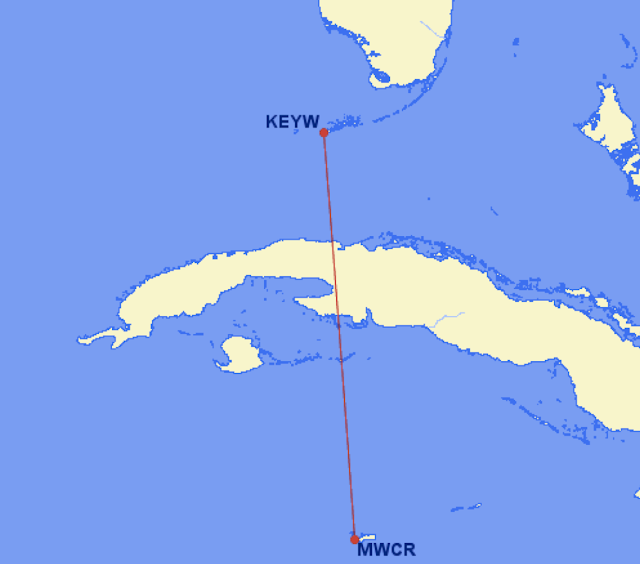
With great weather predicted for south FL and the Caribbean, this past weekend was the perfect opportunity to make a dent in the bucket list. I decided to fly to Grand Cayman. The flight was a straightforward IFR route mostly over water and directly over Cuba: I was a little nervous about the international flying […]
Island Hopping in Hawaii (Part 2)
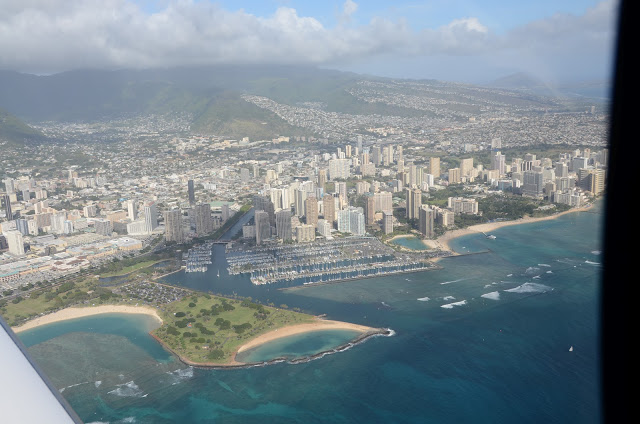
After an exciting intro to island flying, the next couple of days provided more amazing scenery and even more challenging flight conditions. The first stop, which was the island of Kauai, was the longest flight segment over water. So we filed a flight plan (and actually used the autopilot a bit). As we approached the Lihue […]
Island Hopping in Hawaii (Part 1)
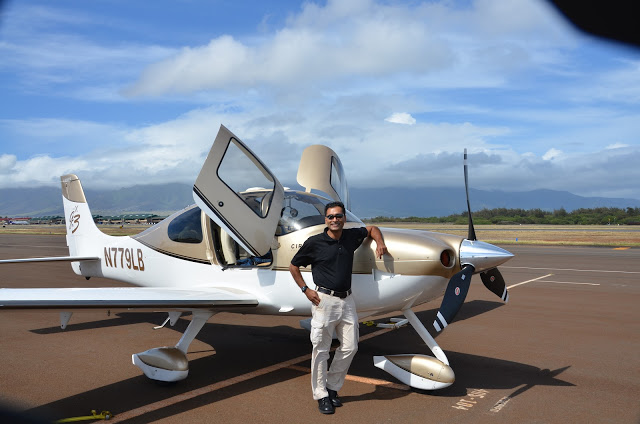
As many of you know, I have been trying to personally land in all 50 states… After 2 years of flying to every nook and cranny of the continental US and Alaska, this weekend I finally managed to check Hawaii off my list! The first 49 states were all done in my Cirrus. However, it […]
